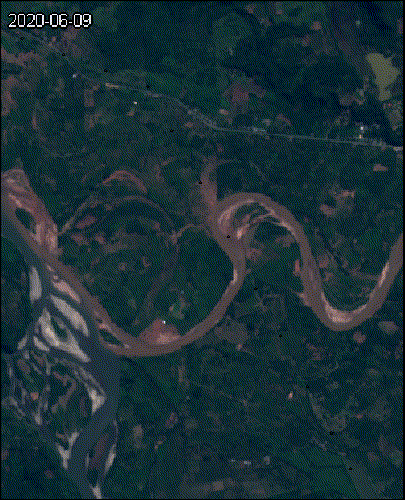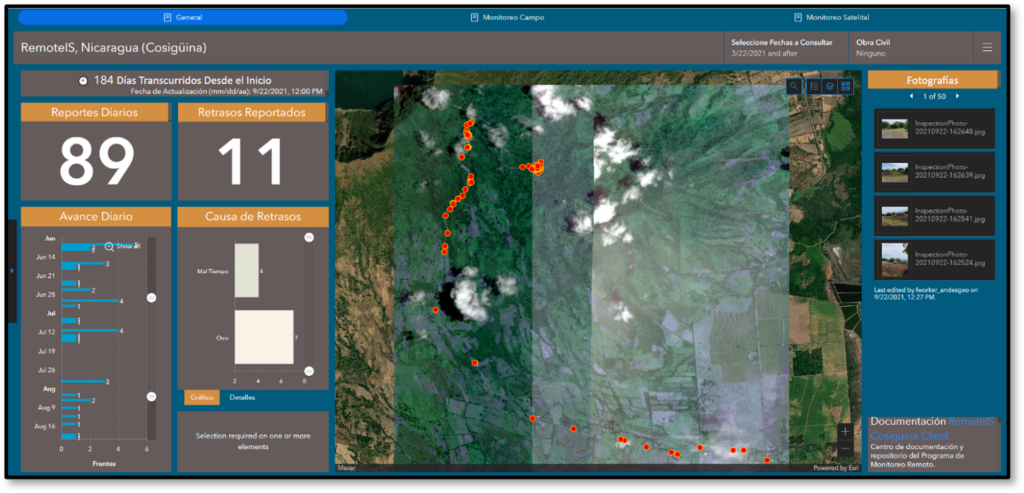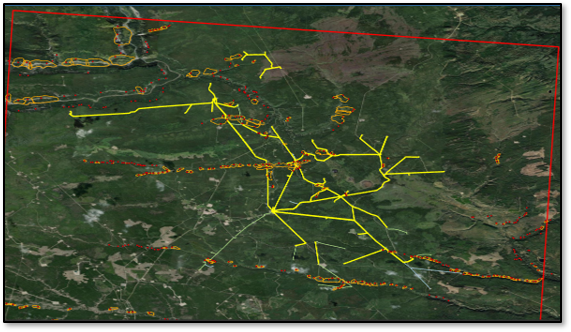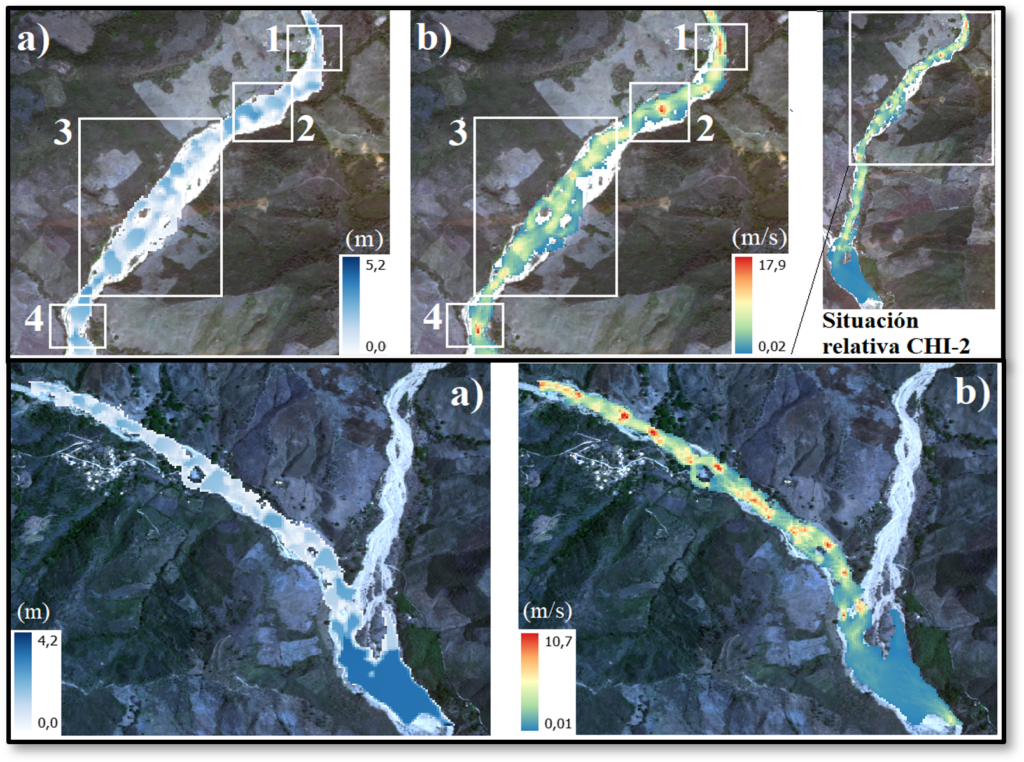
This Project aimed to analyze geomorphological changes along a section of Quijos river in the ecuadorian Amazon. Andes Geo integrated visual interpretation with normalized difference vegetation index (NDVI) and no parametric statistical analysis (Mann-Kendall) to detect geomorphological changes related to landslides and river channel processes following retrogressive landsliding.
The specific scope of this work included:
The Project consisted of a Rapid assessment of the geohazards and residual risk after the Eta and Iota hurricanes in November 2020. The events affected the Francisco Morazán Hydroelectric Complex (El Cajón).
The project’s scope included:


The Remote Monitoring Pilot Program was to monitor the progress of the Geothermal Exploration Project located on the southeast slope of the Cosigüina Volcano in western Nicaragua. Andes Geo created a solution to collect, store, and visualize field and remote sensing data.
The activities included:
Assisted Canlin Energy in understanding geotechnical hazards threatening the integrity of their pipelines.
The main activities included:
.


The main objective was to identify potential geohazards related to steep-creek processes in the Chilistagüa watershed (a tributary to the El Cajon reservoir). The project focused on modelling clear-water and debris flow events using HEC-RAS for the -10, -20, -50, -100, and -200 years return period. Andes Geo integrated the numerical analysis with a geomorphic assessment to incorporate the potential dynamics related to channel changes (i.e., scour, avulsion, and lateral erosion) following extreme events. The main steps included:
We developed a geohazard management system for ISA Peru. Key deliverables include:
.
Data are accessible in an interactive dashboard allowing users to quickly access critical information
Weather API allows for early warning and alarm systetm implementation